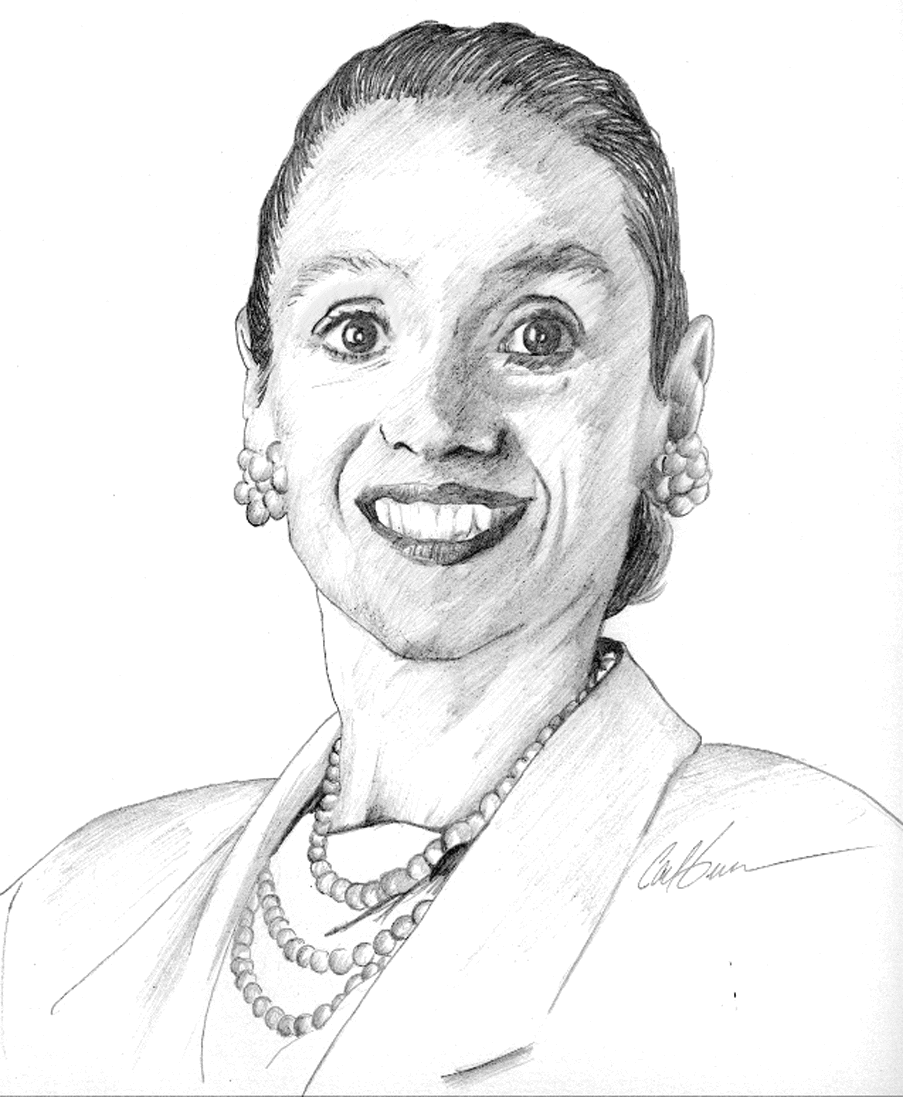INTERVIEW
by Thom Hartle

ILLUSTRATION BY CARL GREEN
The world has never experienced a population of this size coming into a consumer-oriented economy. We are talking about 80% of five billion people in emerging nations today struggling to turn into a consumption-oriented society. Because of that, I think the globally exposed stocks will continue to lead, notwithstanding the fits and starts we're seeing in Asia today. -- Louise Yamada
Did you start out studying finance in school?
My formal education was in early childhood education; that's what I have a master's degree in. However, I was very interested in the stock market, so I read up like mad on annual reports to pick stocks to supplement my teacher's income.
How did you do?
I realized I did good work, because the stocks I chose always went up -- but then they came right back down. So I asked my broker how to know when to sell.
What was his answer?
He sent me some technical newsletters. I was intrigued, so I immediately went to the New York Institute of Finance and took two technical classes they were offering. Alan Shaw, who is today managing director and the chief technical analyst here at Salomon Smith Barney, was teaching the advanced class, and he hired me out of the class. That was in 1980.
What was it about technical analysis that appealed to you so quickly?
The charts display the entire concept of the supply and demand factor. You can see the action of other people's investment perspective in the price. You can see patterns of accumulation and distribution. Granted, from a very short-term perspective they're more volatile, but from a structural perspective, there is important information right in front of you.
For example?
When you see the evolution of a two-year top in price, you know you're dealing with something more than just the daily noise of trading. You've got a structural top in place that suggests that supply is coming in at a rapid rate and could portend a significant price downtrend.
You've worked with Alan Shaw for 18 years. What are some of the key concepts you'vecome to embrace?
Alan is a technical analyst with a great foundation in the history of the stock market. We have complete studies of the bear markets and the bull markets of the century as well as percent reversals of all descriptions. We have an incredible amount of data so that we can go back and make comparisons of all kinds. For example, we have 200 years of interest rate history for this country.
How do you work with all this history?
For example, in 1982, when the stock market took off in what appeared to be a great bull market, by the time 1985 came along, Alan had identified the potential for a major shift in the secular direction of interest rates. He was suggesting that we might never see double-digit interest rates again in our careers, with the caveat that we might have short careers. And of course, he has been absolutely correct.
Obviously, that forecast has profound implications.
Certainly. What fascinated me is that this structural shift in interest rates may indicate an integral shift in how the stock market functions. We've been accustomed to thinking about the stock market based on more recent history, from 1966 to 1981. Those were the years that most analysts used to compare the expectation for today's market by saying that the market can't keep going much higher because it didn't do that back in 1966 to 1981. My view of the situation was that things were definitely different this time.
"Agriculture may well come to be recognized as a very important part of our economy in the 21st century. Farmers are in a free-market system today for the first time in years. "